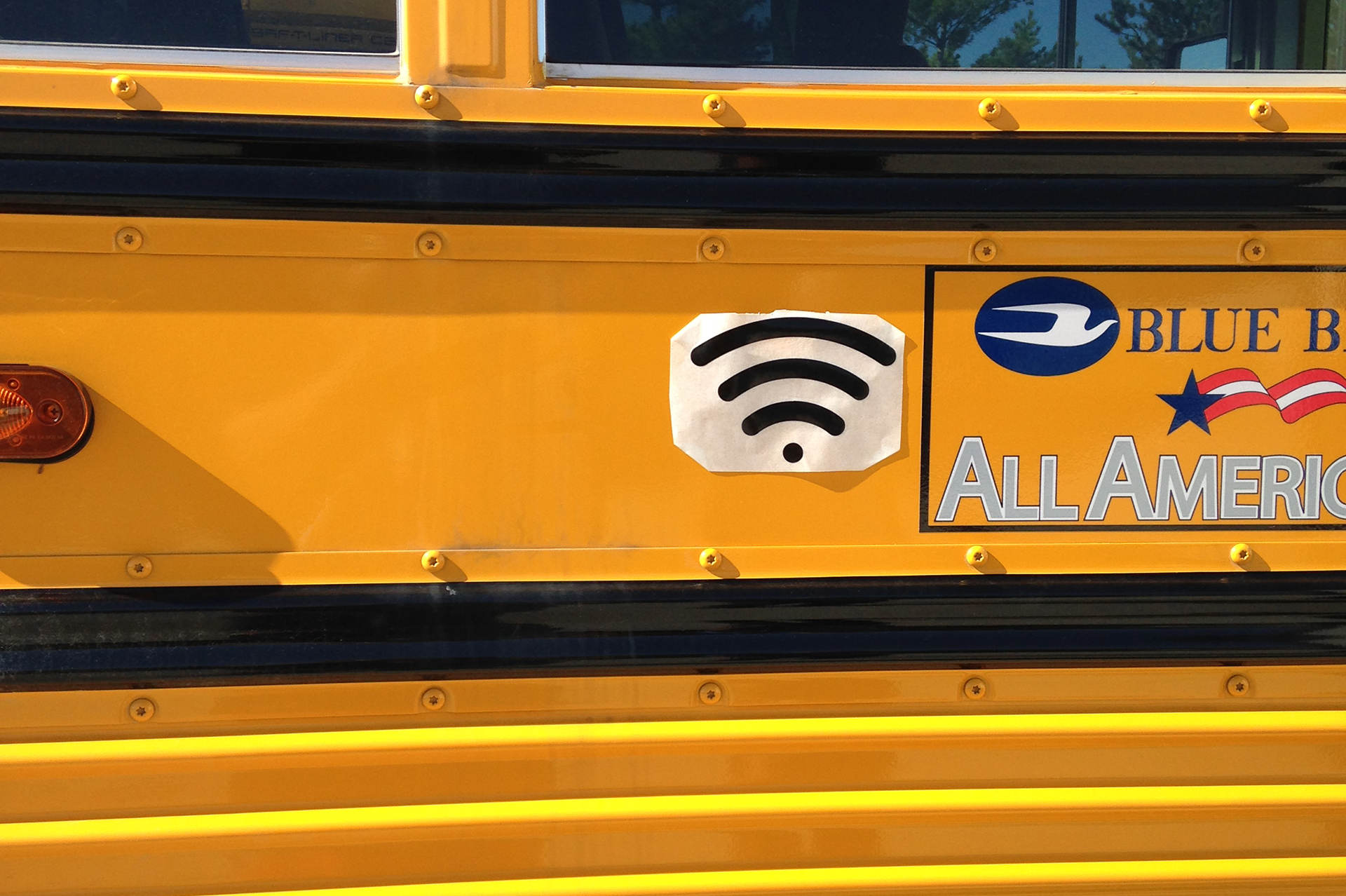Introduction
Wi-Fi on school buses might sound like just a fancy idea but in reality, it is a trend that is already shaping up across different school districts.
Some people might argue that school buses are for relaxing or bonding between students, but have you thought about the students who come from marginalized areas characterized by limited broadband connection or no access at all?
In fact, a report by the Federal Communications Commission indicates that almost 19 million Americans don’t have access to fixed broadband service that meets the threshold speeds. The situation is also evident in rural areas, where approximately 14.5 million people don’t have access to this valuable resource.
Wi-Fi on school buses presents a huge opportunity to bridge this gap by helping students from marginalized areas stay connected even after school.
Here are some reasons why schools should embrace the idea of having Wi-Fi-enabled buses.
Equal Learning Opportunity
Lack of access to the internet is a huge stumbling block for some students because it means falling behind on assignments and access to other digital resources beyond the classroom.
While some kids find the school buses to be a perfect place for a nap or chit chat with friends, students from marginalized areas would find Wi-Fi on school buses to be a great opportunity to clear their assignments, either on their own or with the help of teachers, if any, present on the bus.
Having Wi-Fi on buses presents an equal opportunity for disadvantaged students to access school resources or generally be connected to the digital world just like their well-connected peers.
After School Support
Students need support not just while in school, but also outside school. While some students have the privilege of reaching their teachers digitally after school, some rely on that time during transit to use the available devices and get further assistance from their teachers.
Majority of school buses have devices like laptops and tablets for use by students and teachers during transit.
For example, if a student is working on an assignment and needs a teacher’s input, the present teacher could help them out before reaching home.
Keep Students Safe and Accounted for
The use of GPS on Wi-Fi-enabled school buses means that the administration and other stakeholders can track the bus’s movements. Some schools allow parents to follow the bus movements in real-time to know where their students are so that they get ready to pick them up from school or know when to get their children ready for pick up.
If for example, students go on a field trip, the administration will know if that is for sure where the students went. They can then track their whereabouts until they come back to school.
This also means that should an emergency happen that requires help, the bus can be easily located and immediate help dispatched.
Independent Learning
Learning should not just happen in the classroom with a teacher present. Sometimes, class time can provide such a controlled and limited environment, especially for slow learners who could benefit from some more learning time.
Wi-Fi-enabled School buses would be a great resource for such students to access classroom material to learn more at their own pace.
Instead of sleeping or moving up and down, as is usually the norm with younger students, this could be an opportunity, especially for students on long commutes, to dive into some extra learning on their own.
Entertainment
Well, even as some people argue that the idea of having Wi-Fi on school buses is not good because students would use them for non-academic purposes, students could use some little entertainment while on transit.
Having Wi-Fi on school buses means that students can have access to a variety of entertainment resources to help lighten up their mood and keep them calm. Of course, the sites to visit have to be filtered out for children following the Children’s Internet Protection Act guidelines.
Young students, especially, those who like to be up and down even on transit would benefit from some entertainment to help them calm down.
Also, after a tedious day being in the classroom, maybe playing some cool music from permitted sources could help to lighten the atmosphere for the students as they go home.
Students could also indulge in more online activities like games and puzzles to help them stay put in their seats and keep them occupied.
For students from Neighborhoods with Limited or Lack of Broadband Access
Statistics show clearly that unlimited broadband access is still a dream for some students. With digital learning, teachers give out homework that would require further online research and even submission of assignments by email.
Students coming from neighborhoods that have limited to lack of internet access are at a disadvantage because it means lagging behind on finishing their homework and other assignments.
Students coming from places like rural Pennsylvania which have a high number of people with no access to high-speed broadband could greatly benefit from these buses.
Wi-Fi-enabled buses are a sigh of relief for such students as they are able to do their homework and access school resources on transit.
Apart from using the Wi-Fi inside the buses, the Wi-Fi-enabled buses could be used as mobile hotspots in these neighborhoods to ensure that students coming from these areas are not left behind in accessing school resources while at home.
An example is how the Coachella school district has implemented this program. The Wi-Fi on school buses doesn’t just benefit the students, but their families as well.
Conclusion
Having Wi-Fi in school is a good idea, but having it in school buses is even a better idea. Why should schools invest in Wi-Fi buses? Simple. Increase productivity and bridge the digital divide.
Even as more schools embrace the idea of having Wi-Fi on their school buses, caution needs to be taken so that learners are protected from accessing harmful material or being victims of cyber-attacks.
It is evident from the above reasons that Wi-Fi-enabled buses are in fact beneficial, not just to students but to the larger community as well.
Having Wi-Fi on school buses means catching up on assignments, accessing school resources after class, entertainment, and providing equal access to learning material for all students.
If you don’t know where to start in implementing the idea at your school, companies like Kajeet will be happy to take you through the process and hopefully get your bus or buses connected.

